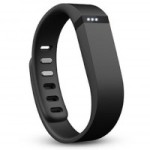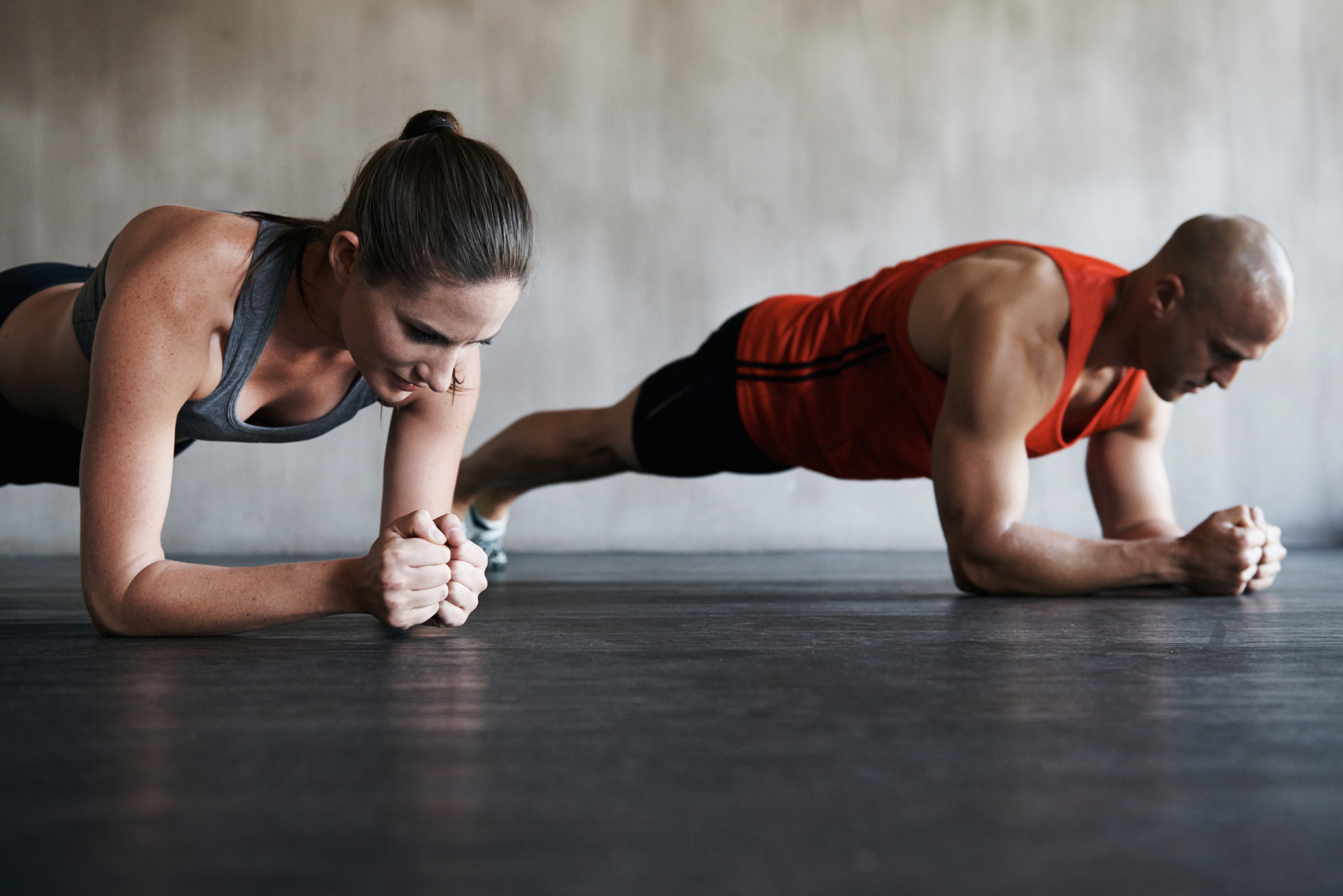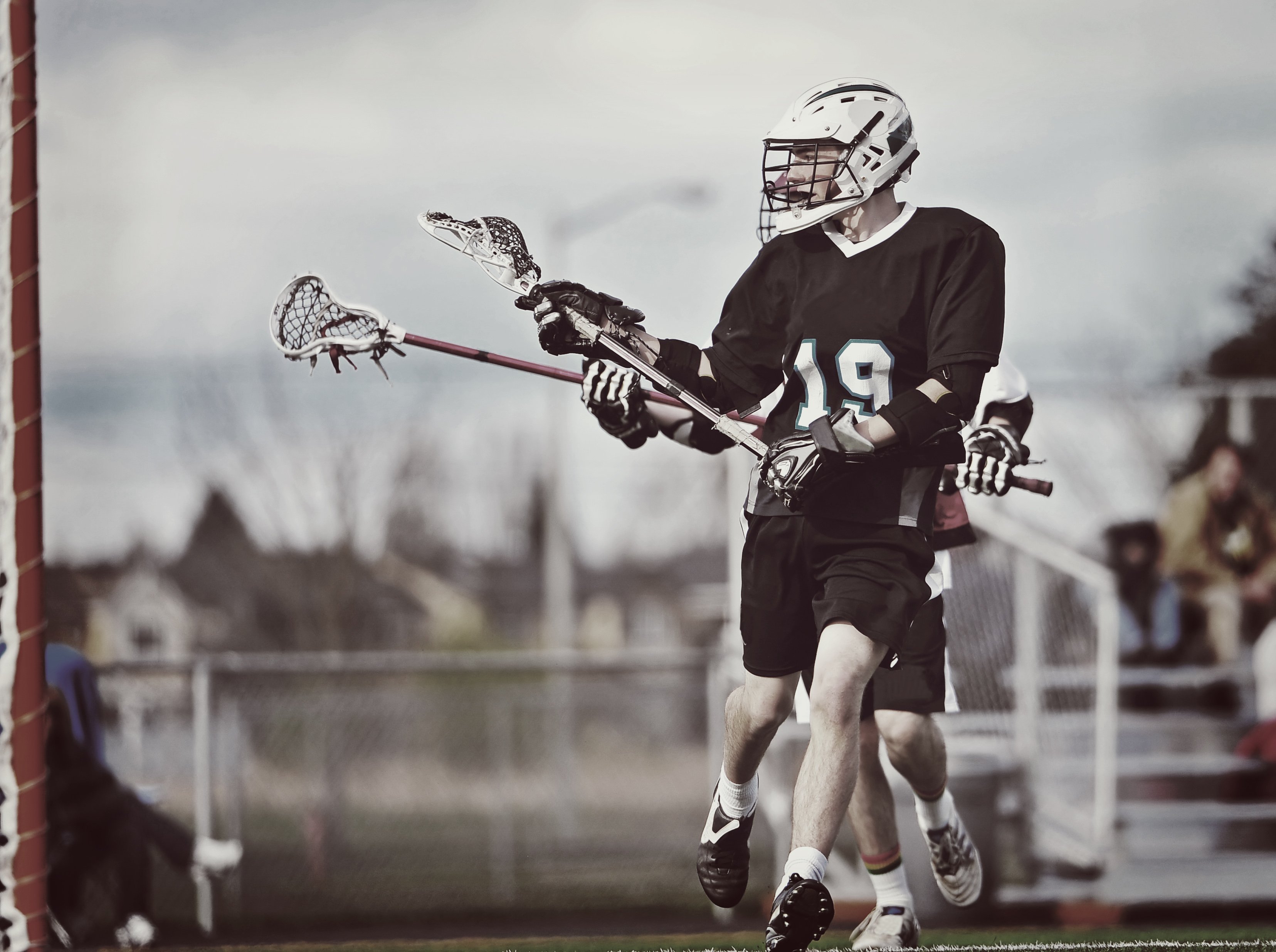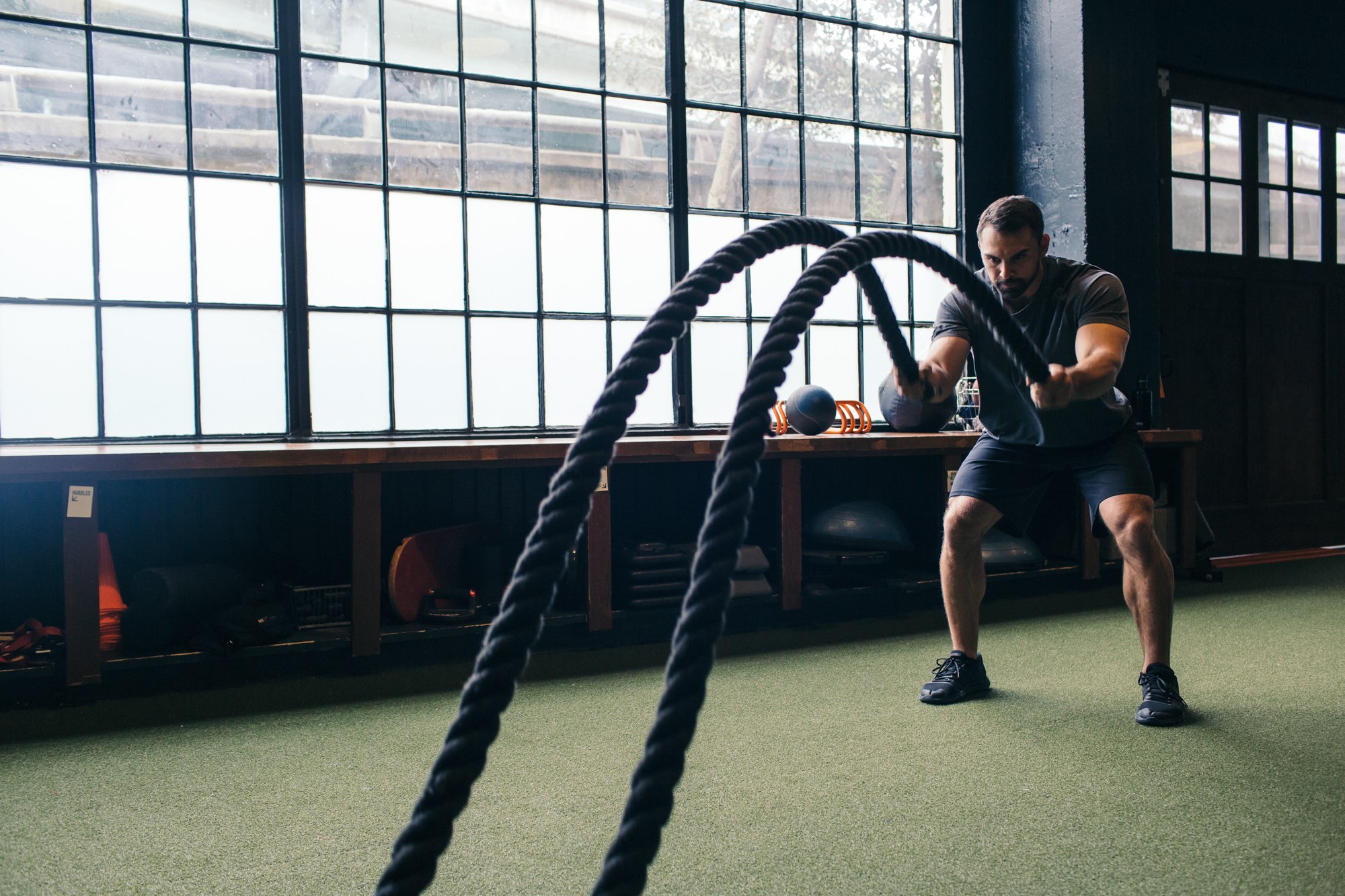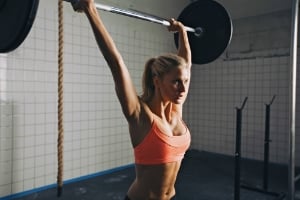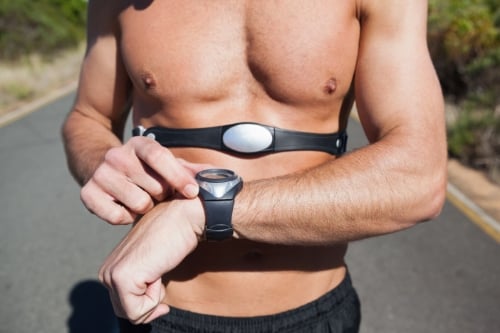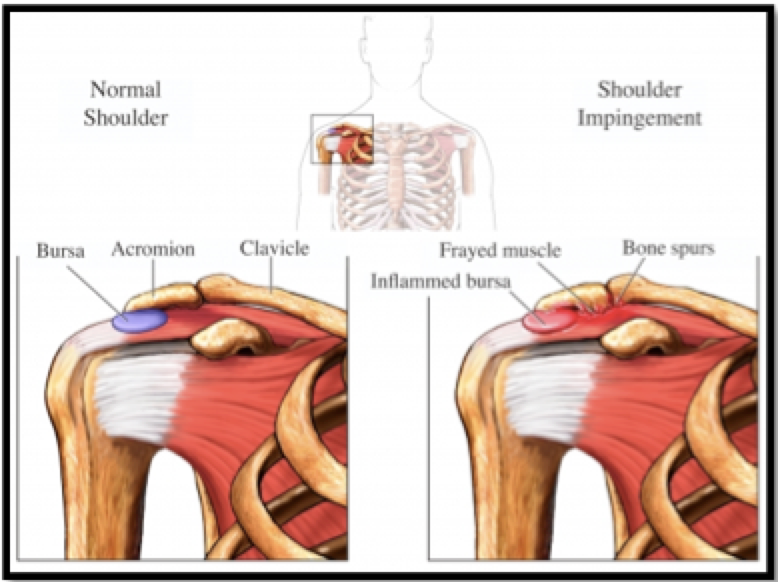Wearable Fitness Technology: What You Should Be Measuring | BridgeAthletic
By Megan Fischer-Colbrie on April 09, 2015
Wearable fitness technology is fast becoming an integral component of elite athletics. BridgeAthletic created this guide to help coaches and athletes make a well-informed decision on the fitness tracker that will give them a leg up on the competition. When deciding upon relevant parameters to measure for elite athletes, consider which metrics most closely relate to performance. Accessory measurements like steps taken or calories burned are interesting to know, but they do not directly apply to an athlete’s performance in a game, race, or event. Heart rate and sleep monitoring should provide key information to coaches and athletes to help them train with more specificity and efficiency.
Read MoreStability is a critical component of athleticism. No matter what sport you play, good stability enables you to move quickly, fluidly, and safely. Elite athletes develop this trait to protect themselves from injury, improve their technical prowess, and harness their performance potential.
Read More
10 Essential Items Every Athlete Should Own | BridgeAthletic
By Megan Fischer-Colbrie on February 26, 2015
Coaches, athletes, and parents need to know which athletic items are essential to consistent training and performance. While sport-specific equipment can get expensive, these 10 essentials will help athletes succeed without breaking the bank.
Read MoreBulk vs. Strength: Your 5-minute Guide to Optimal Muscular Hypertrophy | BridgeAthletic
By Megan Fischer-Colbrie on February 20, 2015
I was recently approached by an athlete who asked me how to put on more muscle mass. He wanted to bulk up a little bit, and was curious to know how his strength program could accommodate this goal. My usual response to this is, “Do you want to get stronger, or really just bulk up?” for how you define your fitness goals usually affects the end result. Athletes and non-athletes alike should seek to build strength, in which hypertrophy can be a happy byproduct, over bulk. Since these terms are often used interchangeably, let’s take a look at how to distinguish them to fit your strength goals.
Read MoreHow does Duke Lacrosse Warm up for Games and Practice? | BridgeAthletic
By BridgeAthletic on February 20, 2015
13-Step Duke Lacrosse Dynamic Warm-Up
All lacrosse players warm up before competition and training sessions. Or at least I should say, all players go through the motions of a warm-up. The best lacrosse teams, like the 2-time NCAA champions of Duke Lacrosse, activate their muscles through a rigorous dynamic warm-up that truly gets the blood flowing. How do they do it? And why? Carl Christensen, strength coach for Duke University Lacrosse and a BridgeAthletic Performance Advisory Board member overseeing BridgeLacrosse, frequently sees young players dismiss this critical part of their preparation. He says, “Watching high school camps, many kids don’t even warm up. Or sometimes, only half the team warms up, while attackmen go shoot on the goalkeeper—and then they start playing.”
Read More
VO2 max (also referred to as maximal oxygen consumption, peak oxygen uptake) is the maximum rate of oxygen consumption as measured during incremental exercise, usually on a treadmill or cycle ergometer. Maximal oxygen consumption represents the aerobic physical fitness of an individual and is important in determining his or her endurance capacity in prolonged athletic activity. Given this definition, it should be easy to measure your VO2 max and see how your cardiovascular fitness stacks up, right? The answer, however, is not so obvious.
Read MoreWhat to Expect on Your Recruiting Trip | BridgeAthletic
By Megan Fischer-Colbrie on January 29, 2015
Recruiting trips are a great way to get a glimpse of a student-athlete’s life in college. You’ll have an opportunity to learn more about collegiate training, facilities, and classes, as well as the team you could be a part of for four years. So what should you expect on your recruiting trip? Athletes who have experienced the entire recruiting process wrote this article to help younger athletes navigate their trips with fluency and ease. Here’s a list of a few things to keep in mind on your recruiting trips:
Read MoreSwimmer’s Shoulder-Prevention and Dryland Training Strategies
By Dr. Emily Kraus on January 16, 2015
In the culture of swimming, it’s often expected to “train through the pain” in order to get to the top1. If you consider yourself a competitive swimmer, you likely have experienced shoulder pain at some point in your career, with it being the most common musculoskeletal complaint in swimming with an incidence ranging from 52% to 73% in elite swimmers2. A competitive swimmer usually exceeds 4000 strokes for one shoulder in a single workout3! Needless to say, the shoulder can make or break a swimmer’s season and athletes should focus on prevention to avoid a season-ending injury.
Swimmer’s shoulder usually involves impingement or pinching of the rotator cuff muscles by the acromion bone as they pass through a narrow opening called the subacromial space (see figure below).
Read More.png?width=150&height=50&name=BRIDGEBLOG(1).png)
